Description of late varieties of cabbage Sugarloaf, Kolobok, Atria, Valentina and others
One of the most popular vegetables is cabbage, the leaves of which are consumed both raw, boiled, stewed, and sauerkraut and salted. Summer residents appreciate varieties such as Sugarloaf cabbage for their juiciness, excellent taste, and versatility in use. Until spring, the vegetable plant retains its beneficial properties, helping the human body to fill the deficit of phosphorus, potassium, sulfur, and vitamins.
Late-ripening cabbage varieties, their benefits
Late cabbage is grown for its such properties:
- high-yielding;
- rich in vitamins and sugars;
- not afraid of frost;
- retains its taste for a long time;
- increases its taste due to the transformation of sugars during laying.
Cabbage varieties have been developed for long-term fresh storage and for fermentation for the winter. The growing season of late cabbage lasts from 115 to 140 days. It can be grown both in the open field and in a greenhouse, depending on the growing region.
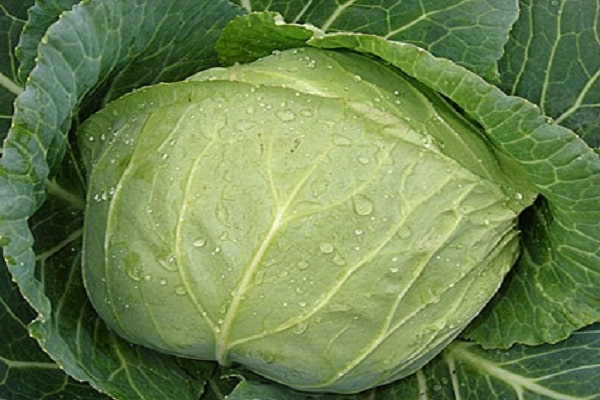
Late cabbage for fresh storage
If you want to get cabbage for storage so that you can eat it during the winter, then you need to know that it should be consumed two to three months after harvest. At first, the forks give off bitterness. But then they will become juicy, sweet.
These varieties of vegetables include cabbage Valentine F1. After 140-180 days, the hybrid gives dense heads of cabbage, reaching a weight of three to five kilograms. The top of the forks is covered with dark green leaves with a bluish waxy coating, and the inside is white. Valentine's cabbage is not afraid of frosts even below five degrees. The peculiarity of the variety is:
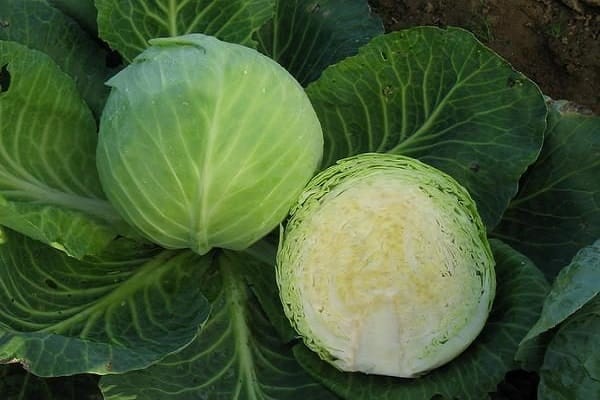
- resistance to cracking;
- transport portability;
- the safety of surebets for seven months;
- high productivity.
The variety loves moisture, sun, picky about the soil. In order for Valentine's cabbage to give good yields, it is necessary to create conditions for growing a late hybrid.
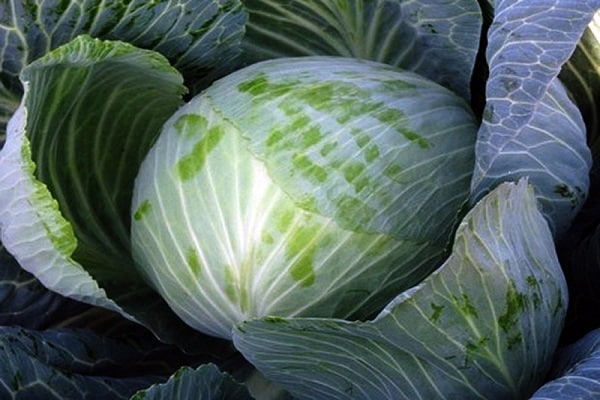
If you want to get large heads of cabbage and keep them until April, then you should pay attention to the description of the cabbage variety Stone Head. The cabbage Kamennaya Head, bred by breeders from Poland, produces heads of cabbage weighing up to six kilograms. For more than twenty years, summer residents have preferred this variety of white-headed vegetables. The thin veins on the light green leaves are so delicate that in winter you can use cabbages to make cabbage rolls. Cabbage Stone Head has several advantages:
- gives large yields;
- it has a sugar taste;
- resistant to disease;
- does not crack;
- has a juicy white pulp inside.

Various dishes are prepared from forks in winter, which turn out to be very tasty, despite the somewhat harshness of the leaves.
From the Dutch varieties, one can single out such as the cabbage Atria F1. Large lined heads of hybrid are spotted in shops and markets.
Heads of cabbage grow up to ten kilograms. Atria cabbage does not deteriorate even in adverse conditions. Until the next harvest, the hybrid retains its taste and juiciness. It is not for nothing that farmers choose a variety for cultivation in the fields. Valentine's cabbage also grows well there. And the cabbage Stone Head is chosen by farmers as the most productive. No wonder the reviews about the cabbage Stone Head, Atria are only positive. Vegetable growers note the improvement in the taste of the vegetable as the maturation time increases. In spring, heads of cabbage contain more sugar and vitamins than after harvest.
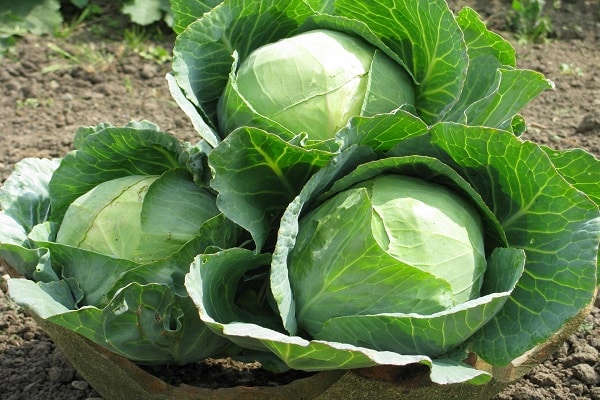
Heads of cabbage of the Extra variety are famous for their excellent keeping quality. Even though they are small, the taste is no worse than other hybrids. Forks mature faster with proper care. And the yellowish middle of the heads is delicious in salads and borscht.
The Dutch hybrid Langedeiker has similar properties. No wonder this cabbage is called winter. She, like cabbage Stone Head, has an excellent presentation, heads of cabbage that do not crack and reach a mass of five kilograms. The Languedaker variety has oval, dense forks that reach maturity after 145-160 days. Languedaker is grown in the open field, harvesting in September-October. It is recommended to grow the variety in seedlings.
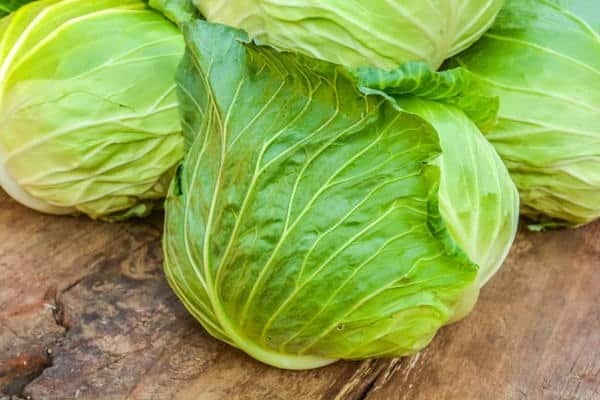
A new generation hybrid is called a drug. Rounded heads of cabbage are appreciated for long-term storage. During the winter, the implementation of small heads of cabbage weighing two to three kilograms with a snow-white inner texture is always successful. It is not without reason that many farmers choose LS 251 F1 cabbage for growing in the fields. The tender pulp of the vegetable is juicy, suitable for salads, soups, main courses.
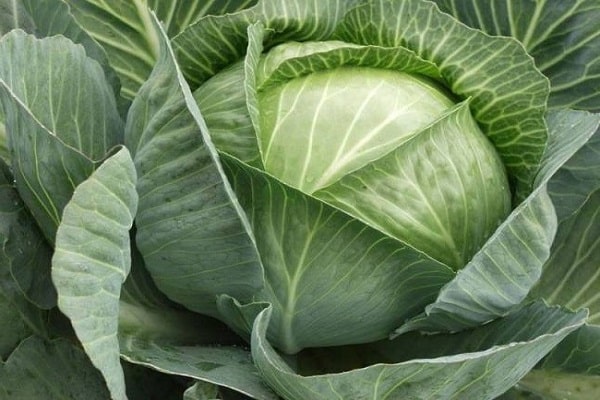
Popular varieties for pickling
It is necessary to choose the best varieties for canning, taking into account that the heads of cabbage are juicy and sweet. The Dutchman Langedeiker will do the job, but there is still a lot of bitterness in him after the crops are harvested from the fields.
But from the late varieties of vegetables for fermentation, those that are saturated with sugars are suitable:

- The characteristic of the Kolobok hybrid includes excellent taste, high content of useful elements, vitamins, and long shelf life of the hybrid. On top, the Kolobok cabbage is covered with dark green leaves, like the Languedaker variety, which adhere tightly to each other. And the weight of the forks is average, a little more than four kilograms - it is convenient to cut it for fermentation. Cabbage Kolobok gives yields of up to ten to twelve kilograms per square meter.
- Late Moscow cabbage has been popular since the thirties of the XX century. Dense, round heads of cabbage can reach ten kilograms if weather conditions and proper care permit. The variety grows perfectly in any climate, enduring steadily sharp temperature changes. Due to the sweetness and juiciness of the leaves, this variety is chosen for fermentation.
- The variety Moskovskaya late 9 has similar characteristics. But the forks are slightly smaller - weighing up to four kilograms. It is much more convenient to ferment them than large ones. Therefore, this variety of Moscow late is chosen for canning.
- You should not rush to ferment the Sugarloaf cabbage. It tastes a little bitter when it's cleaned. But after a month, the forks are gaining sweetness, and it's time for canning. Reviews of the Sugarloaf cabbage suggest that this is one of the sweet late varieties of cabbage. There is no bitterness in it, a lot of ascorbic acid. When growing, the output of marketable products is noted for more than ninety percent. Thanks to reviews of Sugarloaf cabbage, this variety is most common among summer residents.
- Of the late varieties, one cannot fail to mention the Creumont cabbage, which reaches technical maturity 120-130 days after germination.It is important to note the advantage of small heads of cabbage in a high content of calcium, iron salts, vitamins A and C. It is these substances that are so lacking in the human body in winter.
The varieties of late cabbage are chosen by gardeners in order to provide themselves with vitamins for the whole winter.
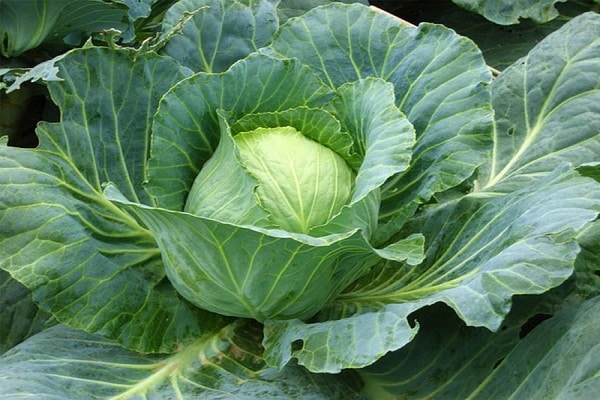
When to plant and how to care for late varieties
Growing late cabbage is different from growing other early-ripening vegetables. To get ready-made dense heads of cabbage, you need to plant the cabbage on time. From the day of emergence to technical ripeness, a lot of time passes - more than three months. Therefore, it is necessary to plant varieties of late ripening dates as early as possible. And here vegetable seedlings, which begin to cook from April, will help.
The timing of planting cabbage for seedlings is determined by the length of the growing season of a particular variety. Usually this is the end of February - beginning of March. Plants planted later will be more difficult. They may not mature, be weak.
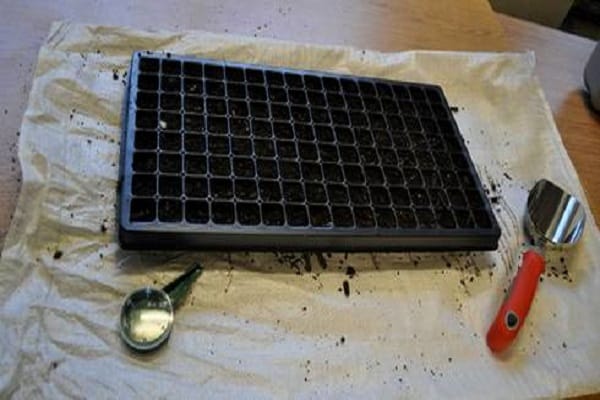
Before sowing a vegetable, the seeds go through a stage of calibration, disinfection in hot water. Seed germination can be accelerated by growth stimulants. The seed bag is placed in the solution for ten to twelve hours.
Seeds are placed in the soil prepared in advance. For containers, both individual cups and boxes are chosen. The soil is chosen loose, nutritious. The substrate can consist of turf and peat. It is better to add some wood ash to the soil. To disinfect the soil, treatment with a solution of potassium permanganate or Trichophyte is used.

The vegetable seeds are buried in the ground by two centimeters. The distance between the holes should not be less than five centimeters. For the rapid emergence of seedlings, containers are covered with foil after abundant watering. You can plant directly into greenhouse soil. How the preparation and planting of the plant proceeds correctly can be seen in the video.
After the emergence of seedlings, the film is removed, and the seedlings require competent care in the form of:
- regular watering;
- top dressing;
- organization of supplementary lighting;
- compliance with the temperature regime.
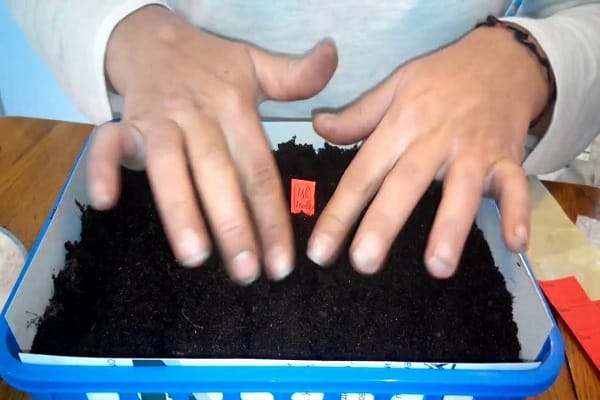
Before carrying the cabbage into the open ground, the seedlings should get stronger, be sixty days old. It is better to carry out the transfer of seedlings to open ground by seedlings at the end of June - July according to the 60x60 scheme.
Planting and care in the open field is carried out according to the rules of vegetable agricultural technology:

- Before placing the seedlings in the hole, five hundred grams of humus are introduced into the ground, two or three - ammonium nitrate, five - superphosphate, four grams of potassium salt.
- The depth of embedding of seedlings is up to cotyledons.
- All seedlings are not planted, leaving a few bushes to replace the dead.
- Plants are watered abundantly, soaking the soil forty to fifty centimeters deep. Each bush has two to three liters of water.
- You need to feed the vegetable every ten days.
- Heads of cabbage are harvested as they ripen, no later than mid-October.
Good vegetable yields are obtained only with proper care. The grown cabbage will be stored for a long time, only enhancing its beneficial qualities throughout the winter, until spring.
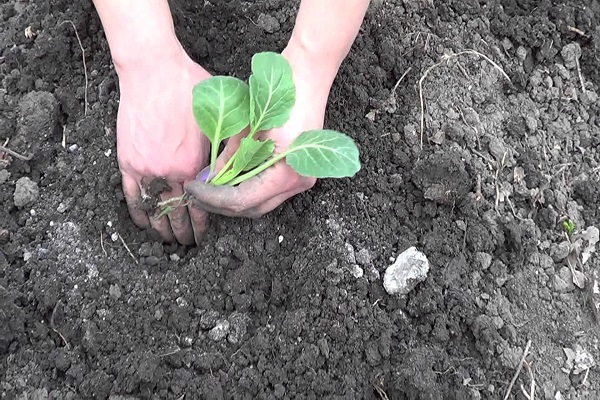
How to feed a vegetable
When the time comes to harvest, the heads of cabbage are often sluggish, low density. This happens from a lack of plant nutrition.
Late vegetable varieties require constant introduction of nutrients into the soil:
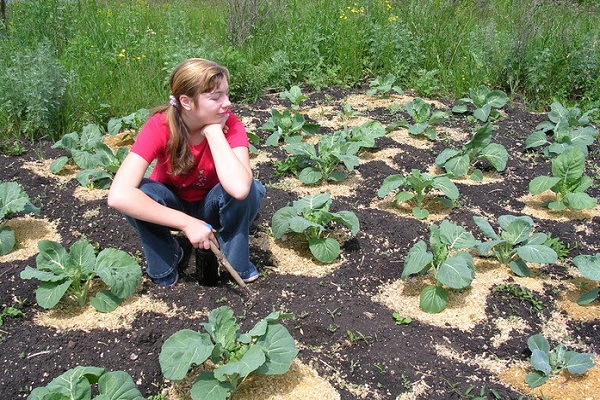
- Ten days after planting, the first feeding is organized, the rest - two to three weeks later.
- From organic fertilizers, mullein is suitable, diluted in a ratio of 1: 7 for the first time, then 1: 5. Vegetable bushes are also fed with bird droppings, but the concentration of the solution is weaker - from 1:17 to 1:15.
- Mineral fertilizer for vegetables includes ammonium nitrate (forty grams), superphosphate (twenty grams), potassium salt (fifteen grams). The amount of fertilizer is taken for ten liters of water.
- During the summer, cabbage, the planting and care of which was carried out competently, receives sixty grams of ammonium nitrate and forty grams of potassium salt. This will be enough to get extra class heads of cabbage.
During the growing season, late cabbage will receive top dressing three to four times. How to feed a vegetable correctly, the video will tell you.
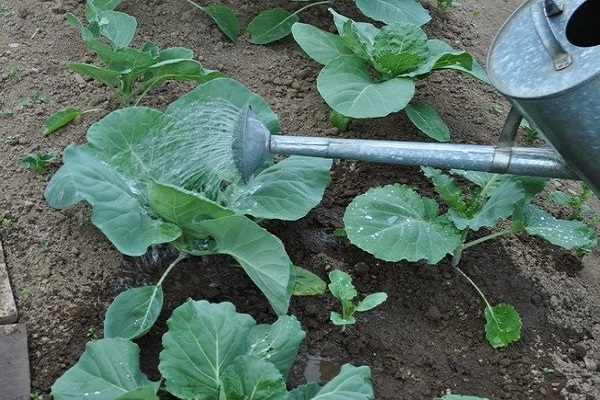
When to harvest
Depending on where the heads of cabbage will go, they also choose the time when to harvest them. For winter storage, the forks are removed in mid to late October.
A dry day is chosen for harvesting after the first frost begins. It is not necessary to leave the heads of cabbage in the cold for a long time, otherwise they will begin to rot.
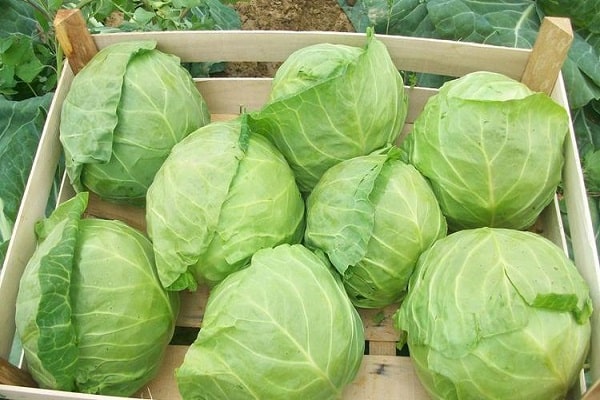
For storage, dense forks are laid in basements or cellars, where the air temperature will be within zero degrees, and the humidity will be 85 percent. Place the heads of cabbage stumps down in the boxes from the slats. You can hang the forks on the poles. How to properly store the heads of late varieties, you can watch the video.
If all stages of growing a vegetable have passed successfully, then the crop will be harvested on time. Ripe heads of cabbage will retain their juiciness and taste for a long time, and dishes from them will benefit a person.
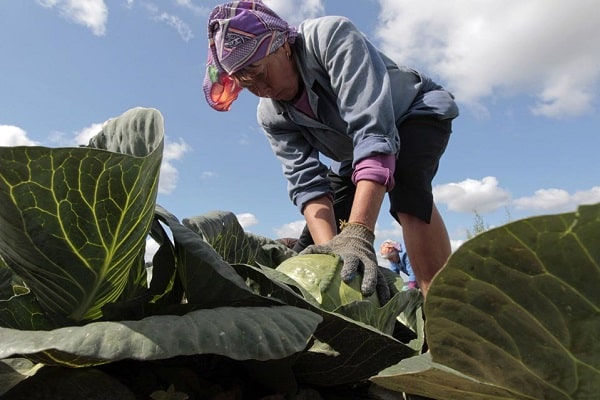
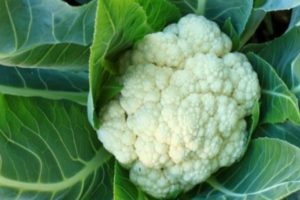
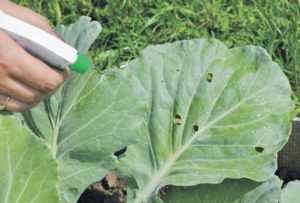
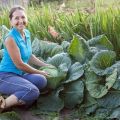

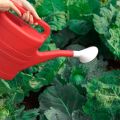


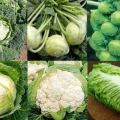
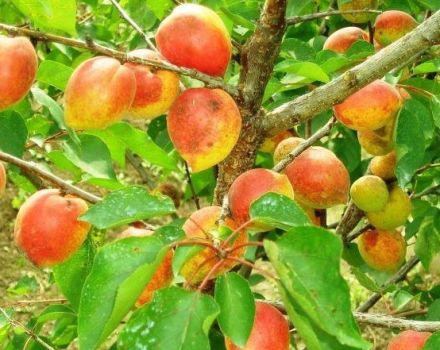
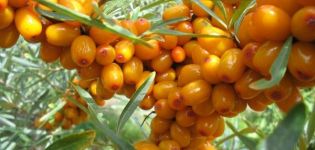
I like the Kolobok variety, the cabbage grows medium in size, it is convenient to store it. The seedlings grow quite quickly, I additionally use a bioactivator BioGrow, an effective remedy.